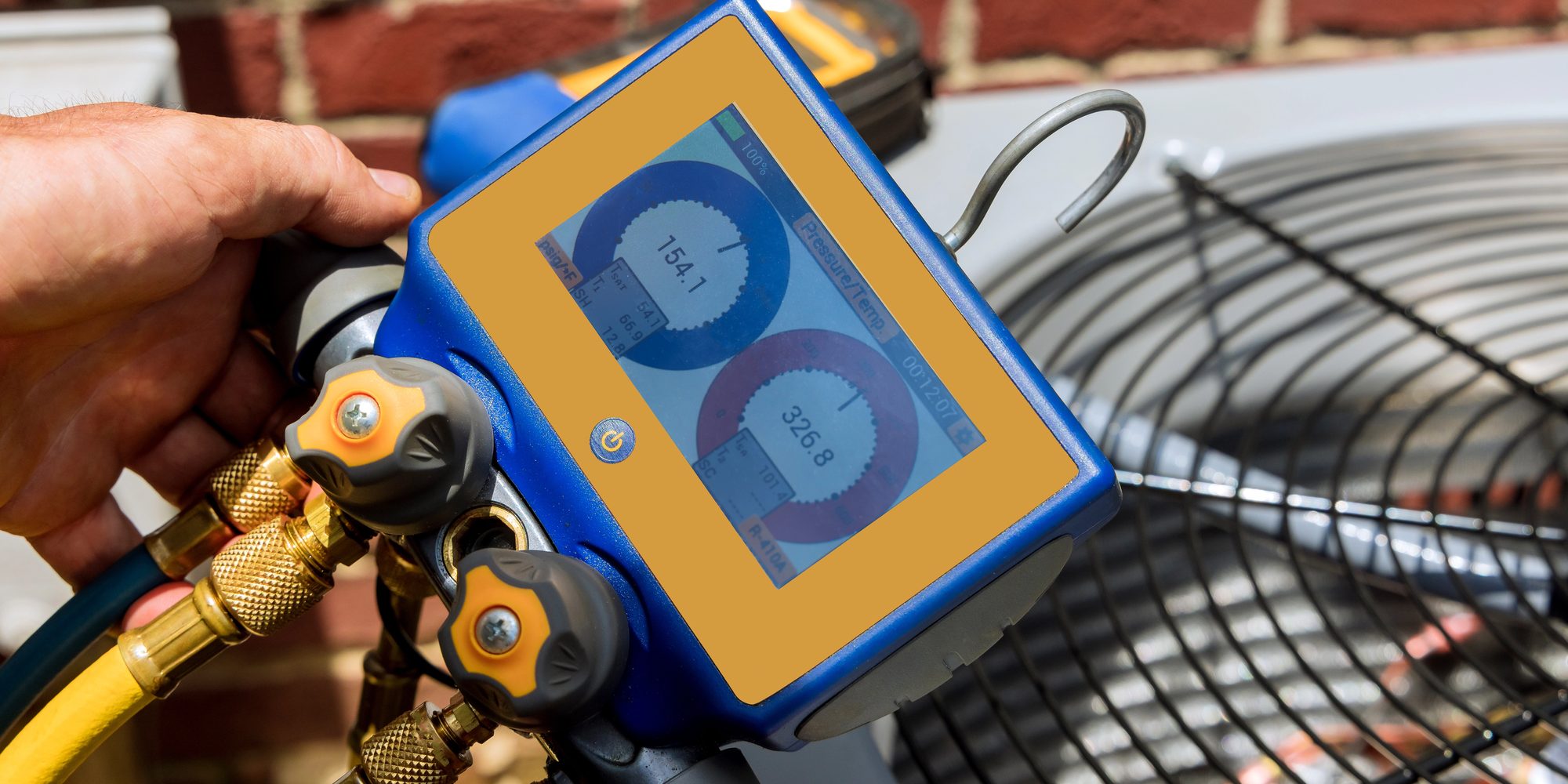The Importance of Pre-Listing Inspections: How Sellers Can Avoid Last-Minute Surprises
As seen on Cosmic Property Inspections
Selling a home is a big milestone, and for many homeowners, it’s a race against time to get everything ready for the market. From staging and photography to setting the right price, every detail counts. However, one critical step is often overlooked: the pre-listing home inspection. While most people associate inspections with buyers, smart sellers know that having one completed before listing can make all the difference in a smooth and successful sale.
What Is a Pre-Listing Inspection?
A pre-listing inspection is a professional home inspection conducted before a property is officially listed for sale. Just like a buyer’s inspection, it covers the major components of a home—roofing, plumbing, electrical, HVAC systems, foundation, and more. The goal is to uncover any issues that could become potential deal-breakers later in the process.
Why Sellers Should Consider One
1. Avoid Last-Minute Surprises
One of the biggest benefits of a pre-listing inspection is the ability to uncover hidden issues before a buyer gets involved. Nothing derails a pending sale faster than a major problem discovered during the buyer’s inspection. Whether it’s a leaky roof, outdated wiring, or foundation cracks, knowing about these issues in advance allows you to address them proactively, before they become negotiating leverage for the buyer or worse, cause them to walk away.
2. Build Trust with Buyers
A seller who provides an inspection report upfront shows transparency and honesty, which can help build trust with potential buyers. It sends a strong message: you’re confident in your home’s condition and have nothing to hide. In some cases, buyers may even waive their own inspection, especially if your report was conducted by a reputable professional, which can shorten the closing timeline.
3. Set a More Accurate Listing Price
If your home has undiscovered issues, pricing it too high could turn buyers away. On the flip side, undervaluing it means leaving money on the table. A pre-listing inspection gives you a clearer picture of your home’s actual condition, allowing you and your real estate agent to price it more accurately and competitively.
4. Prioritize Repairs Strategically
Knowing what needs attention gives you the opportunity to make repairs on your own terms—choosing your contractor, scheduling work at your convenience, and managing costs. You won’t be caught scrambling to meet tight deadlines or agreeing to buyer-requested repairs that may not align with your budget or preferences.
While a pre-listing inspection may feel like an added expense, it’s a worthwhile investment that can streamline your sale, reduce stress, and ultimately help you net more from your home. By addressing issues early and providing transparency, you can avoid last-minute surprises and move through the selling process with greater confidence and control. In today’s competitive market, being proactive sets you apart—and puts you one step closer to closing with ease.
Don’t Overlook Outdoor Spaces Like the Patio
While most pre-listing inspections focus on the interior systems and structural components of the home, it’s equally important not to overlook outdoor living areas, especially if your property features a patio or entertainment space. Cracked concrete, improper drainage, or uneven pavers can raise red flags for buyers, particularly if they see these areas as extensions of the living space. A pre-listing inspection can help identify these issues early on, giving you a chance to make simple repairs or enhancements that improve curb appeal and increase perceived value. Ensuring that your patio area is safe, functional, and visually appealing can play a key role in making a positive first impression during showings.
–
Written by staff writers from HappyWriters.co








